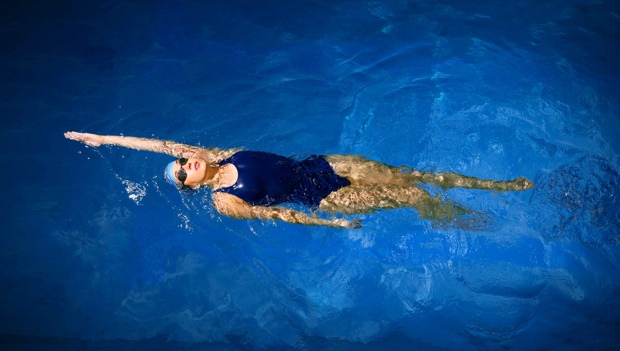
Like almost anything you're learning for the first time, perfecting the backstroke takes a lot of practice and a lot of work on the fundamentals.
It's a stroke that's not as complicated as the butterfly or the breaststroke. But if you don't approach the backstroke the right way, you could develop habits that are counterproductive.
Jeff Pease, a longtime swim coach who's in charge of North Coast Aquatics in Carlsbad, Calif., has a detailed plan on how he'd teach the backstroke to first-timers.
He would first make sure the swimmer has good body position above the water--the head is aligned with the spine, the hips aligned with the body, and the body parallel with the bottom of the pool. Then, he would make sure the swimmer's kicking is up to par.
After that, he says he would start going through drills that will emphasize sound mechanics in a variety of ways. Many of these drills can utilize fins.
"Definitely," Pease said. "I think fins are a great tool to teach the backstroke."
Here are the four progression drills that Pease outlined for swimmers looking to learn the fundamentals of the backstroke. Pease said there are a number of more advanced drills out there, but for those just getting started in the stroke, these four are great building blocks:
One-Arm Drill
In order to feel comfortable with your stroke, Pease recommends concentrating on each arm individually for starters.
Pease goes through drills one arm at a time to keep the focus singular. For example, he often has swimmers do 25 strokes with the left arm, then 25 with the right arm. The arm not in use stays close to the body, hand down by the hip.
Not only does this allow you to focus on one part of the stroke, but it also allows you to focus on rolling correctly.
Alternating Arms
Once you are comfortable doing one arm at a time, start alternating. Pease recommends doing a drill that goes three strokes with the right arm followed by three strokes with the left, and so on.
Again, make sure you're focused on the motion of your arm, and the rolling of your shoulders.
Alternating like this will get you one step closer to bringing it all together.
- 1
- of
- 2
Get ACTIVE on the Go


Meet Mobile
Swim smarter: heats, lane assignments and real-time results in the palm of your hand.
Available for iOS | Android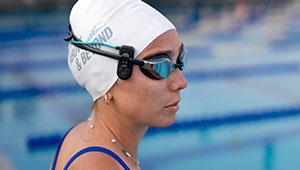
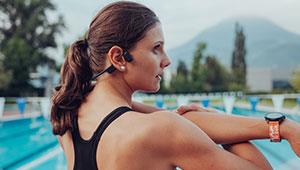
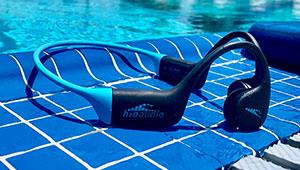


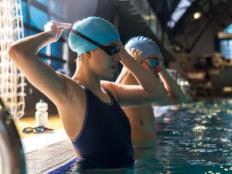


Discuss This Article